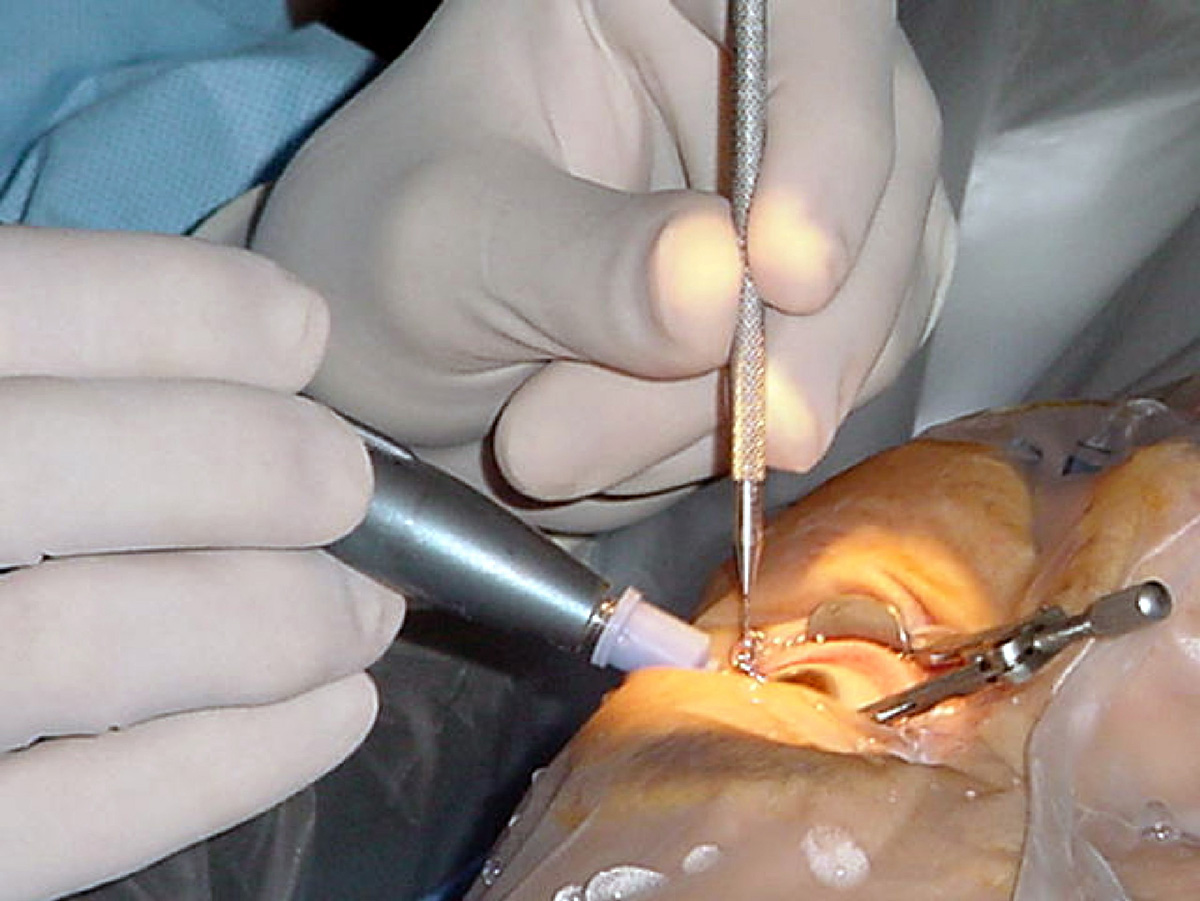
Phacoemulsification cataract surgery is a surgical procedure performed in individuals suffering from cataract. It is done with the assistance of an ultrasonic device and includes removal of the old, cloudy lens and replacement of this lens with a new, artificial one. The surgery is successful in almost all cases. Patients may experience dramatic vision improvement.
Phacoemulsification Cataract Surgery - Description
This surgical procedure is actually a form of extracapsular cataract extraction. Years ago, cataract surgery used to include large incisions that affected almost half of the eye. Today, however, surgical approach is a bit different and removal of the lens can be achieved through tiny little cuts. Recovery after surgery includes hospitalization of approximately 7 days and further restriction of physical activity for at least several weeks.
During the surgery patients breathe through an oxygen tube and their vital parameters are closely monitored.
Before any surgical manipulation of the eye, the surgeon makes sure that the operated area is treated with anesthesia. What follows is making an incision on the side of the cornea. The incision is approximately 3 mm long. After that, the surgeon injects a viscoelastic fluid in charge of reduction of shock to the intraocular tissues and then performs capsulorhexis and frees cataract from the cortex. What follows is insertion of a small titanium needle, via which the ultrasonic waves are released and they emulsify the cataract. Once the procedure is done, the rest of the treated tissue can be easily suctioned away. After that the cortex of the lens is removed (the posterior capsule is left intact) and finally, the folded IOL is inserted while the viscoelastic fluid is removed.
Phacoemulsification cataract surgery lasts approximately 20 minutes.
Postoperative Care and Complications
Immediately after surgery all patients are monitored but they soon go home. They are supposed to rest for the following 24 hours. After a day they have a regular check-up.
Drowsiness, pain and discomfort are common after surgery and they soon subside. Still, if pain is severe or there are nausea and vomiting these problems should be reported to the surgeon as soon as possible.
During the process of healing patients generally face with transient problems such as seeing dark spots, eye discharge, itching, slight drooping or bruising of the eye etc.
Patients are prescribed specific eye drops efficient against inflammation and potential infections. While sleeping patients must wear a protective eye shield.
Complications associated with phacoemulsification cataract surgery include spontaneous bleeding from the wound, severe inflammation, infections, retinal detachment, displacement of IOL, the onset of glaucoma and sometimes even blindness. Fortunately, most of the mentioned do not actually occur and if they do, patients are successfully treated.



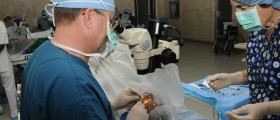

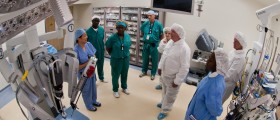






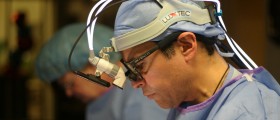
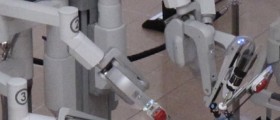

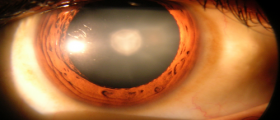
Your thoughts on this
Loading...